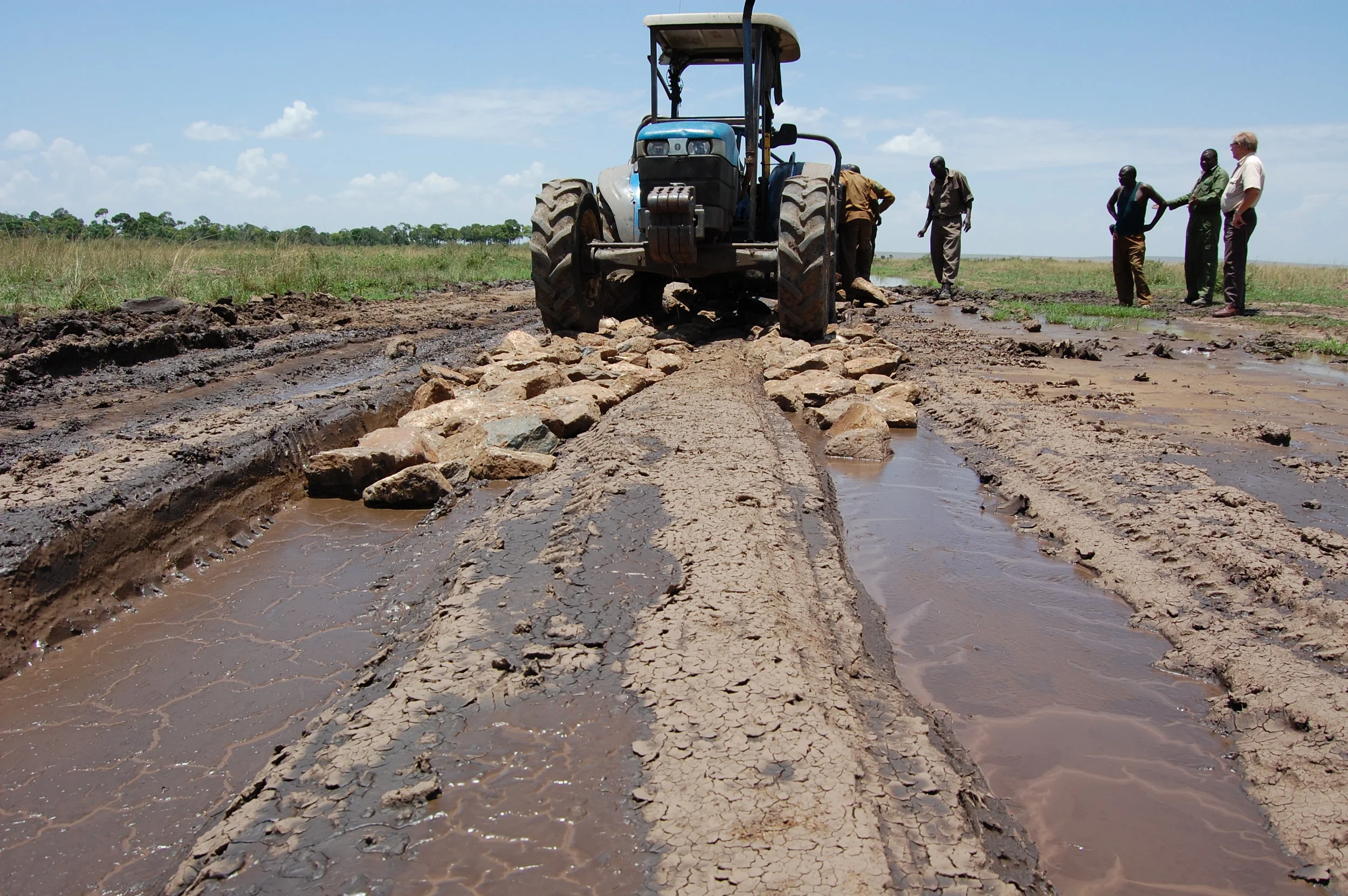OUR HISTORY
In 1994, management of the Maasai Mara National Reserve was divided into the eastern side managed by the Narok County Council, and the northwestern sector (the Mara Triangle), then managed by the Trans Mara County Council. The Mara Triangle is 510 km2, representing about a third of the entire Reserve.
By the end of the 1990s, infrastructure, equipment and roads in the Mara Triangle were in disrepair. There were inoperable vehicles, low staff morale, missing and misallocated gate revenue, and rampant poaching. The buildings situated at the Headquarters at Iseiya and Oloololo Gate, and the outposts of Purungat Bridge and Ngiro-are had disintegrated and there was no running water nor functioning sanitation. The main road network, which had been constructed in the 1980s, had all but disappeared due to negligence and unregulated off-road driving had created a proliferation of tracks in the central part of the Mara Triangle.
Often not paid for months, only one-third of the staff compliment was present at any one time. There were several private sets of park entrance tickets and recognised revenue was approximately 20% of the potential. Only one third of the Mara Triangle was considered secure, with the remainder unvisited by security staff and tourists. In these areas poaching and illegal grazing were out of control, with thousands of wild animals being killed annually. Cattle theft along the escarpment was also a frequent occurrence.
THE WAY FORWARD
In the year 2000, several of the local leaders became concerned about levels of mismanagement in the Mara Triangle, and as a result, Mara Conservancy, a not-for-profit management company, was established to manage the Triangle in collaboration with the Trans Mara County Council.
A five-year management agreement was signed on May 25, 2001, and the Mara Conservancy started operations in the Mara Triangle on the June 12, 2001. This created the first public/private sector partnership of its kind in the region and has led to an active and cooperative partnership between conservation professionals and the local Maasai community that endeavours to improve the conservation and management of one of the most visited and well-known protected areas in the world. The management agreement was extended for additional ten year between 2006 to 2016. With the promulgation of the new constitution the Narok County Council and Trans Mara County Council merged to form the Narok County Government. Our Trans Mara County Council management agreement was inherited by the Narok County Government and another ten year agreement was signed in 2016.

